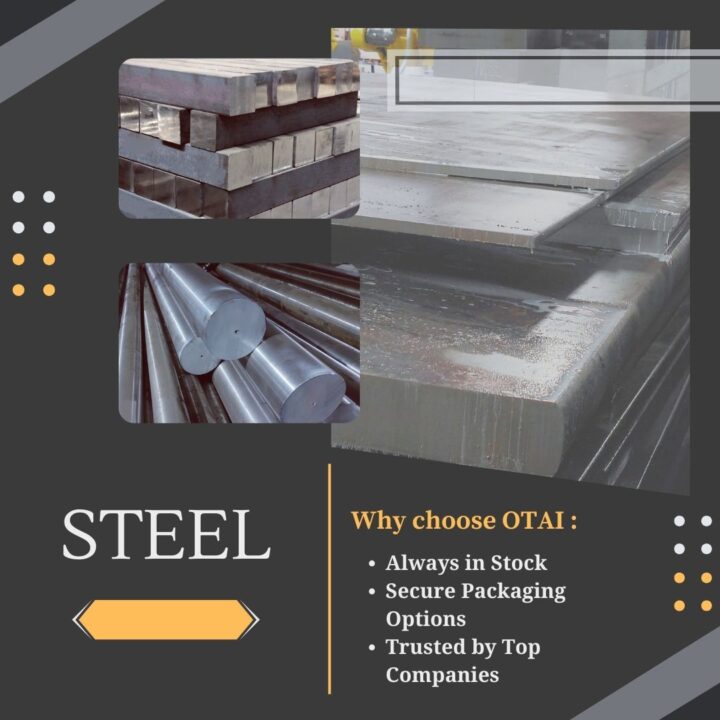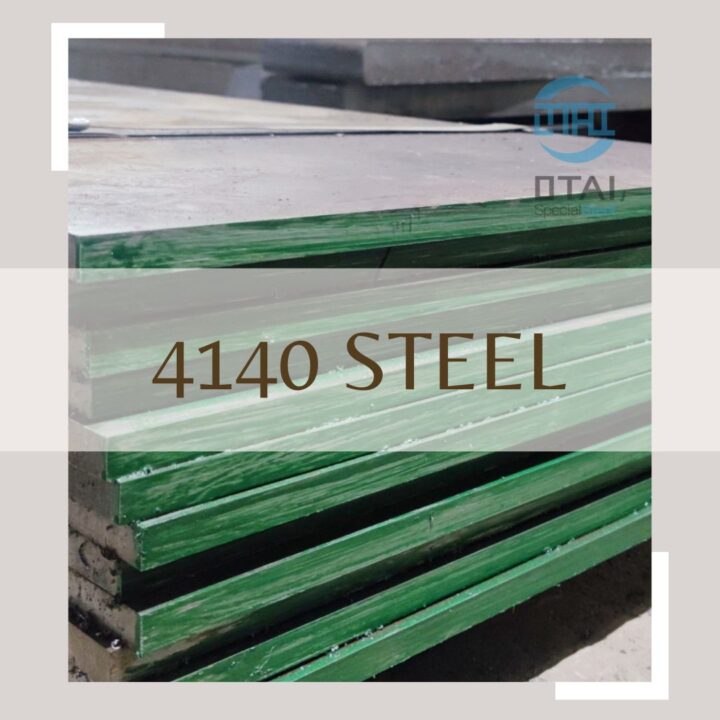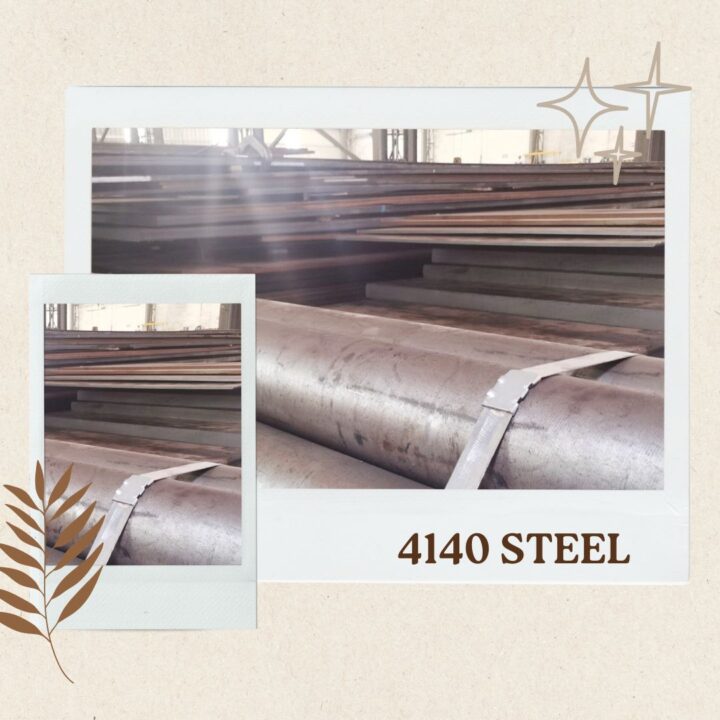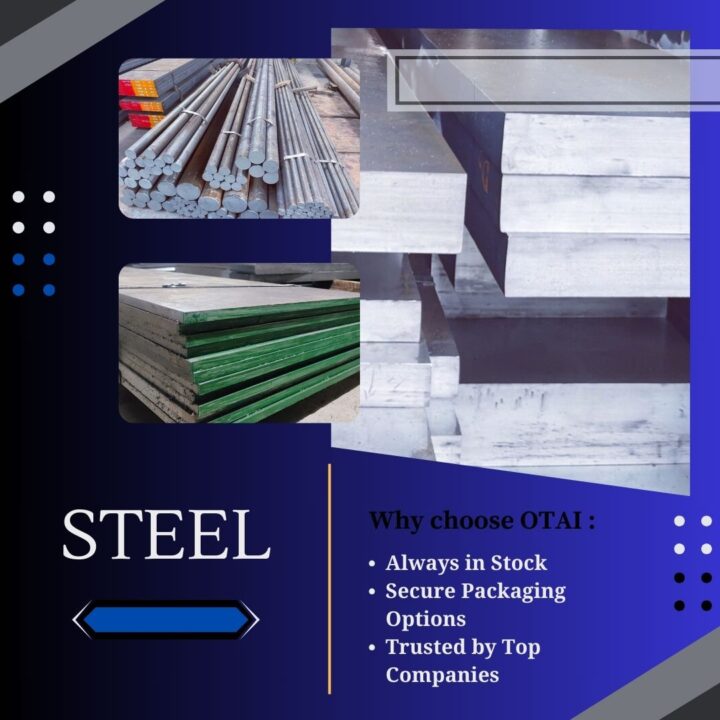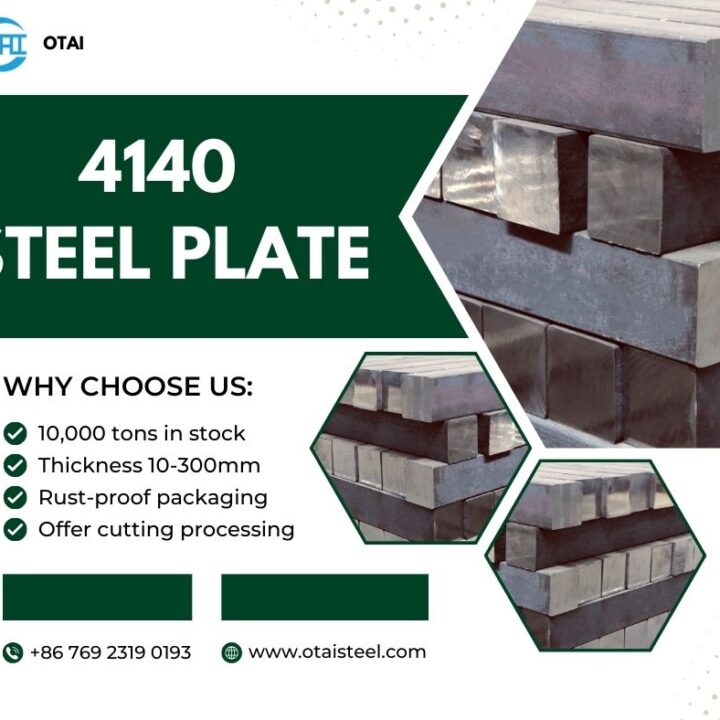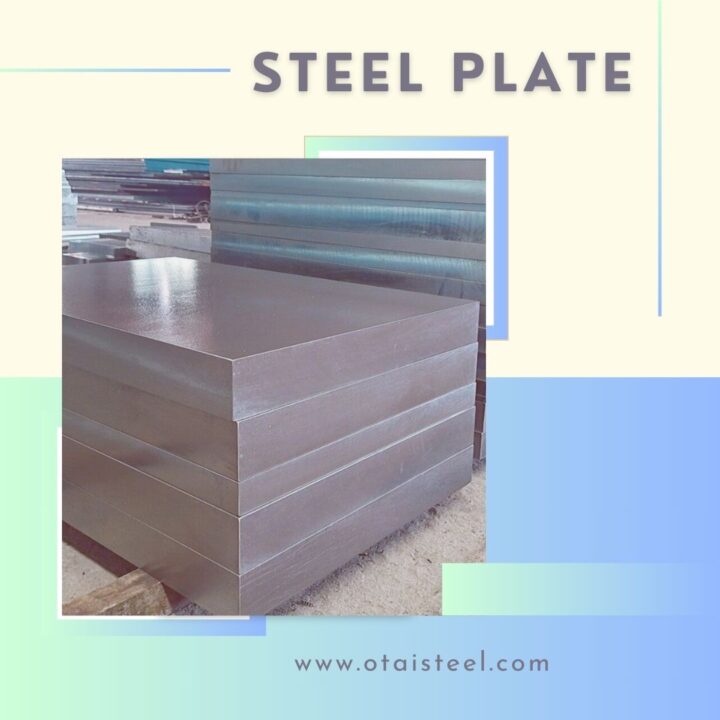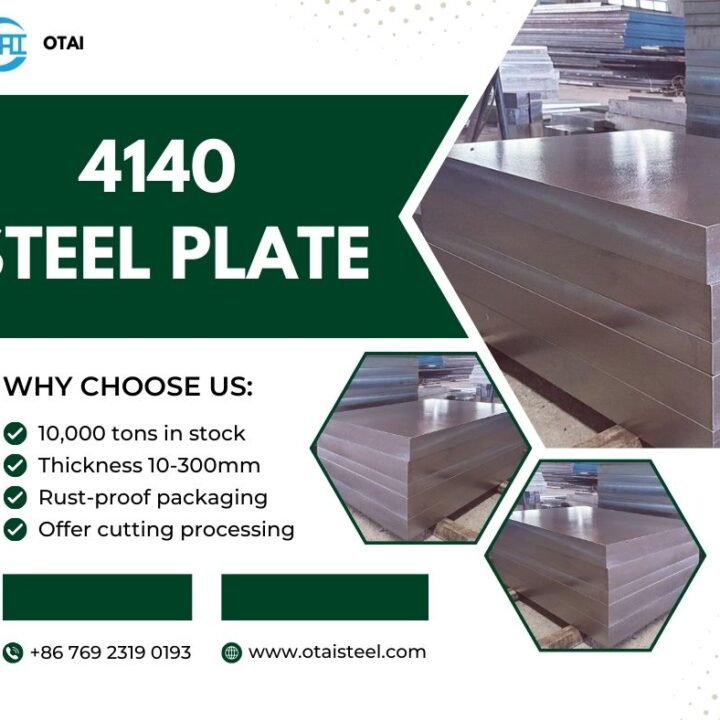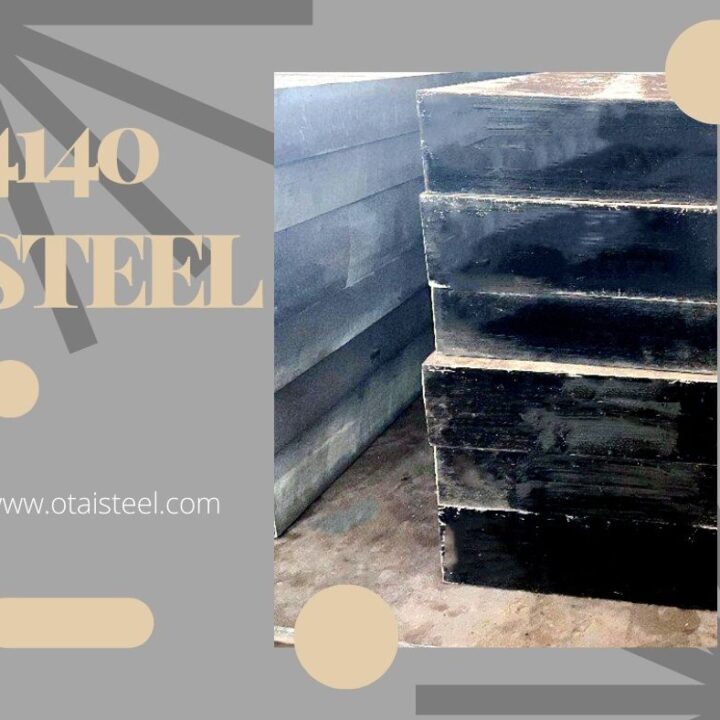The Essence of 4140 Annealed Steel
1. Composition of 4140 Annealed Steel
Understanding the composition of 4140 annealed steel is crucial to appreciating its hardness. This steel is an alloy consisting of chromium, molybdenum, and carbon, which gives it its unique properties.
2. The Annealing Process
To unlock its full potential, 4140 steel undergoes an annealing process. This heat treatment method involves controlled heating and slow cooling, resulting in a material with a refined microstructure and improved hardness.
Measuring Hardness
3. Rockwell Hardness
It exhibits excellent hardness levels, typically falling within the range of 22 to 32 HRC (Rockwell C scale).
4. Brinell Hardness
Brinell hardness testing is another method employed to measure the hardness of materials. It typically boasts a Brinell hardness number (BHN) in the range of 200 to 220 BHN.
5. Vickers Hardness
It usually registers a Vickers hardness number (VHN) of approximately 300 VHN.
Factors Influencing Hardness
6. Alloying Elements
The presence of alloying elements such as chromium and molybdenum significantly contributes to the hardness of 4140 annealed steel. These elements enhance the steel’s ability to resist deformation.
7. Heat Treatment
The annealing process plays a vital role in achieving the desired hardness. Properly controlled heating and cooling cycles are essential to ensure that the steel reaches its optimal hardness level.
Applications
8. Automotive Components
In the automotive industry, 4140 annealed steel’s hardness is highly valued for critical components like crankshafts, gears, and axles. It ensures these parts can withstand the demanding conditions of vehicle operation.
9. Tooling and Machining
Manufacturers and toolmakers prefer 4140 annealed steel for machining tools due to its hardness. It maintains its edge and durability even under the stresses of machining operations.
10. Aerospace Applications
The aerospace industry benefits from the hardness of 4140 annealed steel in structural components, where strength and resilience are paramount.
Enhancing Hardness
11. Tempering
Tempering is a post-annealing process that allows fine-tuning of the steel’s hardness. It balances hardness with toughness, depending on the specific application requirements.
12. Quenching
Quenching is a heat treatment technique used to increase the hardness of 4140 annealed steel further. Rapid cooling after heating results in a harder material.
